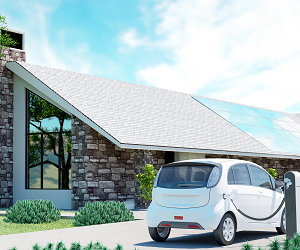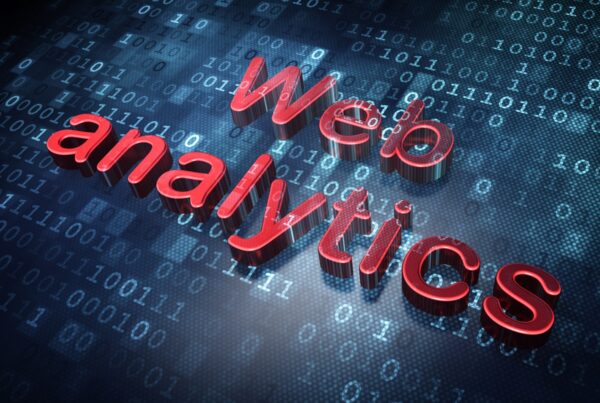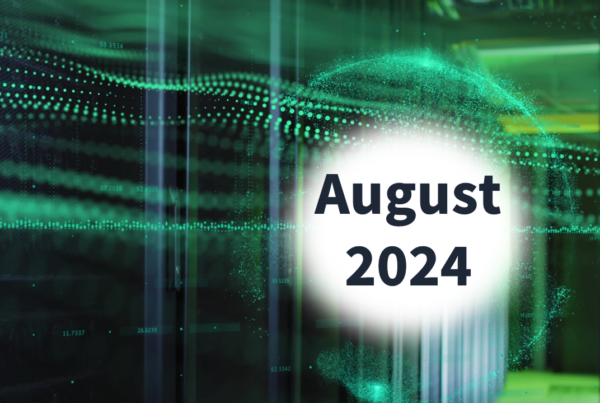
Distributed intelligence capability is a key pillar for utilities to building a broad solution—a distributed intelligence platform applies analysis, decision-making and action where it is best utilized for the most valuable outcome.
The utility industry is presented with new challenges every day. Continued innovation has created a plethora of new and exciting opportunities for the utility industry in every commodity. For electricity, multi-directional power flows in the low-voltage network, created by photovoltaics, electric vehicles, storage penetration and consumer service expectations—driven by the digital economy revolution and players such as Google, Amazon and Apple—have driven many changes in the utility market. 
In the past several years, powerful trends have emerged that are affecting infrastructure investments and decision-making by utilities and communities. More than just grid modernization, critical events are affecting core utility infrastructure. Aging capital assets such as transmission lines, transformers, distribution assets and grid security are affecting utilities’ capital decisions. Include the impact of environmental issues such as severe weather, resource sustainability and wildfire management, and this creates large unplanned impacts on core utility infrastructure. Include pandemics, which have a huge impact on the utility workforce, and modern utilities face a difficult set of issues. These factors influence how utilities operate now and in the future. Other influences that affect utilities’ investment decisions include:
» The rise of renewable distributed generation (and utility use of renewables) to create a more dynamic and non-dispatchable source of energy.
» An increase in the number of prosumers and rates that create multi-directional low-voltage networks, including programs such as solar buyback and use of EV batteries for peak flattening.
» Rapid urbanization with increased population density, which drives the need for more apartments and fewer single-family homes. There also is an emphasis on sustainability and low-impact living.
Influences, trends and changing customer expectations have created an environment in which utilities must evolve, change and upgrade infrastructure, business models and operational strategies in order to survive. Changing conditions are driving grid modernization and new use cases. The result of ignoring these indicators is bankruptcy and reorganization of the utility.
These opportunities can serve as a catalyst for new business models. As a result, utilities need new tools to retain a position as a provider and enabler for energy consumers. By utilizing technology that provides comprehensive analysis at the edge of the electrical grid, the utility gains a key advantage and can see how changes from inside the grid affect the end consumer. Distributed intelligence (DI) provides the utility with this foundation—instant information about how energy is being used and consumed, and any anomalies that occur within the low-voltage distribution grid. This foundation paves the way for infinite possibilities.
Consumer energy services are one example of performance-based services that utilities can provide for their customers. Examples include solar plant providers that install solar panels on consumers’ homes in return for tax credits or EV-charging companies that provide public EV-charging stations. As usage-based rates give way to value-based services, it is important that utilities understand the value of their offerings to consumers. These provide opportunities for the utility, as they become enabled by regulatory bodies. 
Distributed intelligence delivers the right information at the right place at the right time, so that utility customers can meet the demands of the evolving market and new use cases, and create value for consumers. For these new market opportunities to evolve and blossom, it is critical that utilities enable smart meter technology that exists at the edge of the network, use intelligent connectivity and smart devices, and employ an active grid with intelligent connectivity.
Distributed intelligence capability is a key pillar to building a broad solution—a distributed intelligence platform applies analysis, decision-making and action where it is best utilized for the most valuable outcome. Distributed intelligence creates the framework that is required to enable active demand response, outage detection, Volt/VAR optimization, real-time local market trading and a myriad of other key use cases. Given this shift in technology, utilities have access to high-resolution data at the endpoint or meter.
This capability at the edge of the utility network, especially the low-voltage electric grid, creates the opportunity to develop advanced solutions that can support the medium and long-range plans of forward-thinking utilities. This helps utilities plan for their future to align with customers’ needs and the changing market, and create performance-based outcomes. Delivering key information to the right place at the right time will improve grid efficiency, reliability and safety, thereby improving customer service and decreasing operational costs.
Distributed intelligence is the future of forward-looking utilities that truly know their customers, their grid and market needs. The possibilities are endless.
Tim Driscoll is the Director of Technology, Strategy, and Innovation at Itron.














